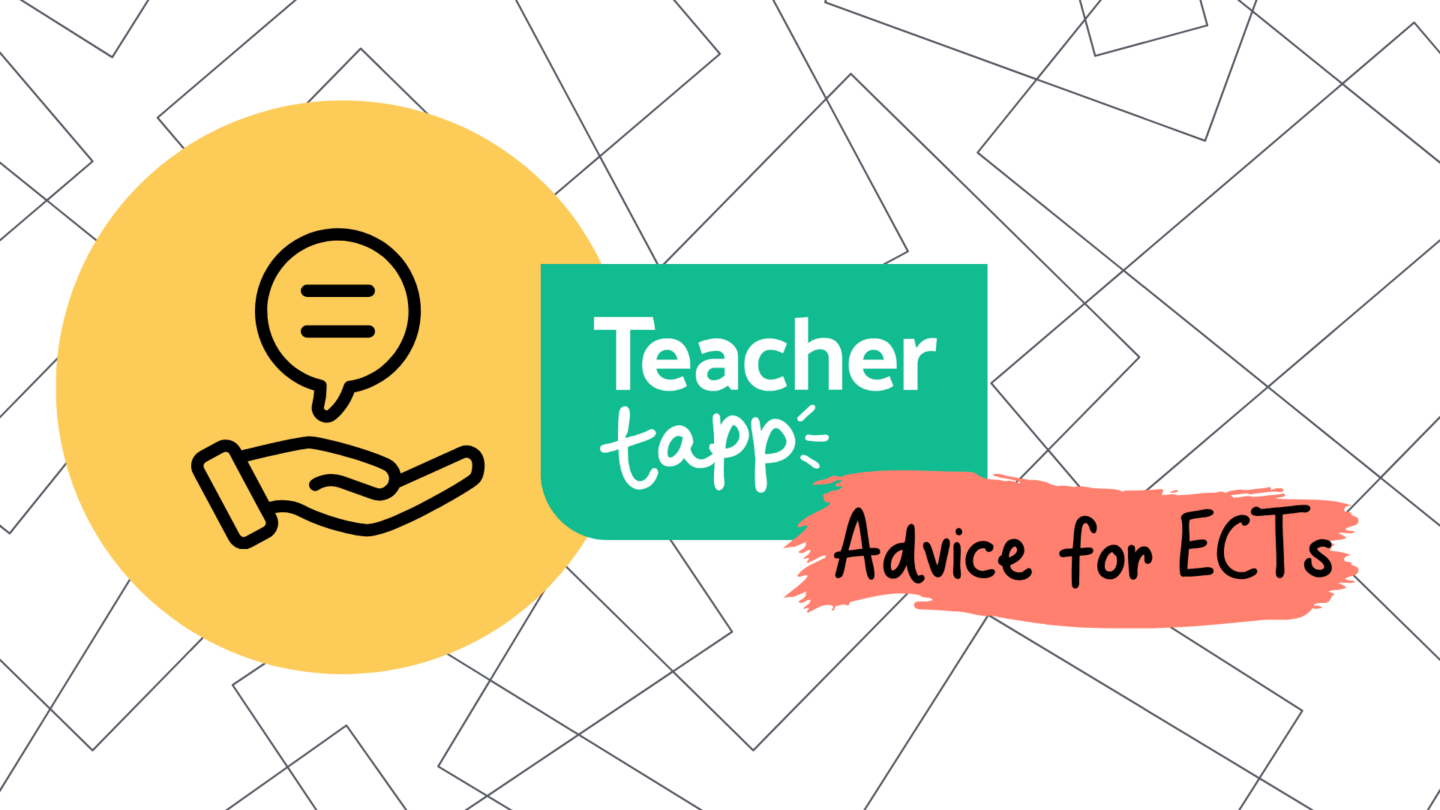Classrooms are every teacher’s kingdom. Sometimes you get your own, sometimes you must squat in 17 different ones. Either way, the classroom environment is sacrosanct.
We therefore asked the Teacher Tapp panel to tell us if they get their own classroom, how they lay it out, and what they would like in an ideal world! Here goes…
Do Teachers Get Their Own Classroom?
Most primary teachers have their own classrooms. But, in secondary schools, fewer than half of you teach in a single classroom over the week. And around one in four teachers has to teach in four or more rooms. Nightmare!
That said, having your own classroom doesn’t actually correlate with you staying in your job. So it can’t leave people that unhappy. (Regardless of what Teacher Tapp’s co-founders might believe).
Also, teachers in areas with the highest levels of deprivation are more likely to have their own classrooms. Why? Our best guess is that the schools are less likely to be over-subscribed and therefore may have more space. Hence, if you like to build your own environment, head to an under-subscribed school!
But, beware! DO NOT GO TO THE CAPITAL. In London, just 36% of secondary teachers have their own classroom – far lower than in every other region. Our best guess in this case is that lack of land in the capital means schools are often built smaller and are less able to expand, hence there are fewer classrooms and everyone has to move around more often.
It’s The Wrong Room, Gromit!
One consequence of having little slack in the school real estate is that teachers are often asked to teach a lesson in a room that was designed for another purpose. This most frequently happens to those who you who have special equipment needs for your lessons.
Or, to put it another way: there aren’t enough science rooms in the world.
Do Children Sit In Rows In Classrooms?
Children spend more and more time sitting in rows as they get older, and teachers with the most traditional teaching methods (maths and languages) tend to like rows the most. We know this from previous data.
This time we dug down deeper, however, and found that Key Stage 1 is the breeding ground of large group sizes, whereas later primary tables are smaller. By secondary schools, only art rooms are more likely to have desks in groups than rows.
Teachers who arrange their classrooms in rows tend to really like them. But many of you who have your room in groups of tables also say you’d prefer to have students sitting in rows if possible!
So, why not just put the desks into rows? For the most part it is because you don’t have the space to do so.
Also, a minority of schools specify how they would like classrooms arranged. This is much higher in schools currently trying to improve for Ofsted.
In primary schools, classroom arrangements are even more complicated because you have so many other things to incorporate into your room, including: book corners, role play areas, sinks and craft areas.
A National Fund For Window Blinds?
Beyond the complications of furniture, the sun is also against teachers! With a whopping 59% of teachers working in classrooms where sunlight impedes their ability to teach or their students’ ability to learn.
Leading co-founder Laura McInerney to suggest the following:
When people ask me ‘What would you do if you were Education Secretary’ I often answer with ‘setup a National Window Blinds Fund which any teacher can apply to’.
People always laugh.
But, folks, IT WOULD CLEARLY BE A VOTE WINNER. @TeacherTapp pic.twitter.com/czpqN0wY3G— Laura McInerney, Esq (@miss_mcinerney) August 5, 2019
Who is in for a windows revolution?
***
We also learned a few things this week not related to classrooms!
Not Everyone Wants To Study For A Masters
A genie often appears on Teacher Tapp during the school holidays offering you too-good-to-be-true opportunities!
A week or so ago, the genie asked you whether you’d like to study for an all-expenses-paid masters under three scenarios: (1) studying full-time; (2) studying face-to-face part-time; (3) studying online part-time.
The option of taking a sabbatical year to study full-time for a Masters was hugely popular with over 7-in-10 of you opting to take it. (The classrooms would be empty!) The youngest and oldest teachers were the least interested in the deal. The youngest have just endured years of full-time education, and the oldest presumably think it’s not worth it!
We were curious to see that primary and maths teachers were least likely to take the offer of a Masters since they rarely have anything in common with each other.
Maths teachers often show up for us as very research-engaged – they read a lot of our blogs and appear to know a lot about cognitive science, yet don’t seem so keen to study for a Masters! Any ideas why?
About a third of you would study for a Masters full-time but not part-time whilst teaching. We wondered whether having children at home with you would explain your time-constraints in not wanting to study and work at the same time. But no – the differences between those with and without kids at home is minuscule!
What didn’t get noticed much is that the genie gave you free choice to study ANYTHING in your Masters.
Question is: What would you choose? Share your thoughts on twitter, facebook, or send us thoughts via the feedback button in the app menu (top left of the app!)
Finally, finally, we know you love the daily tips, so here are the ones we featured last week:
- Daniel Willingham talking about the psychological research that every teacher should know
- Desirable difficulties in the classroom
- Need versus entitlement
- Cognitive load theory and teaching strategies
- Experiments in artificial intelligence
- Should teachers change their plans to take into account bad behaviour by pupils?






